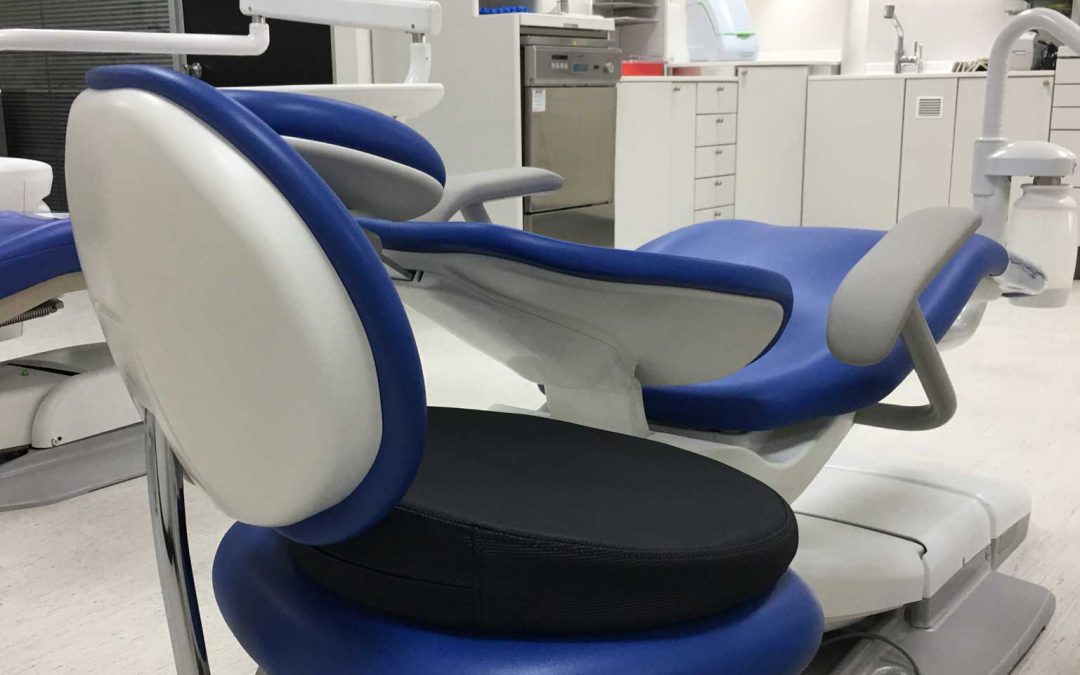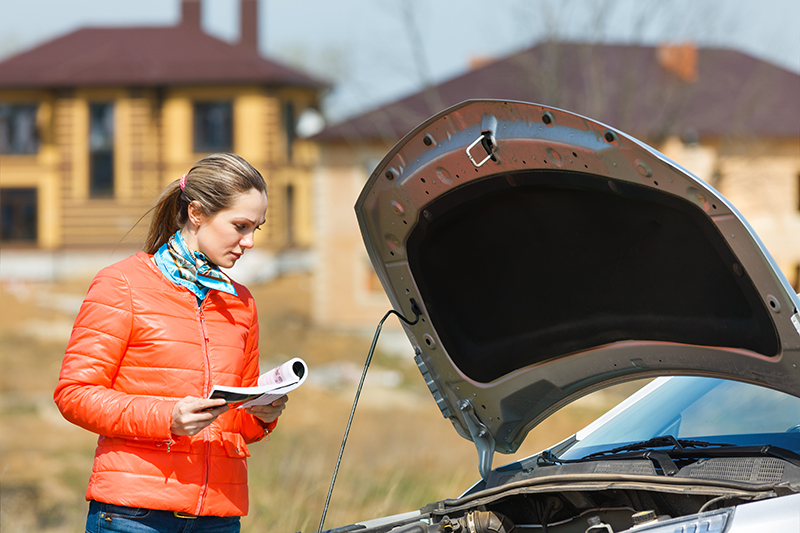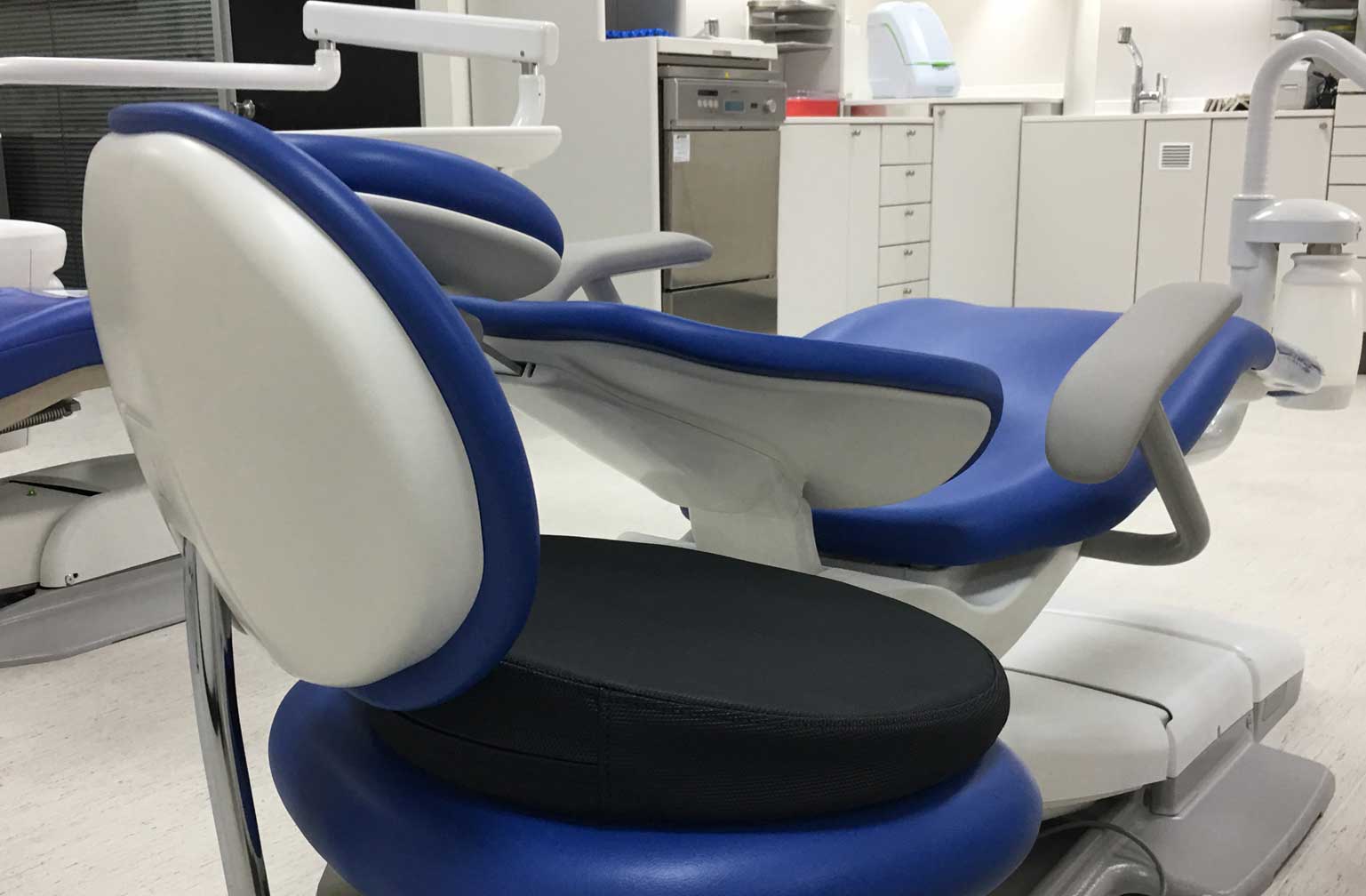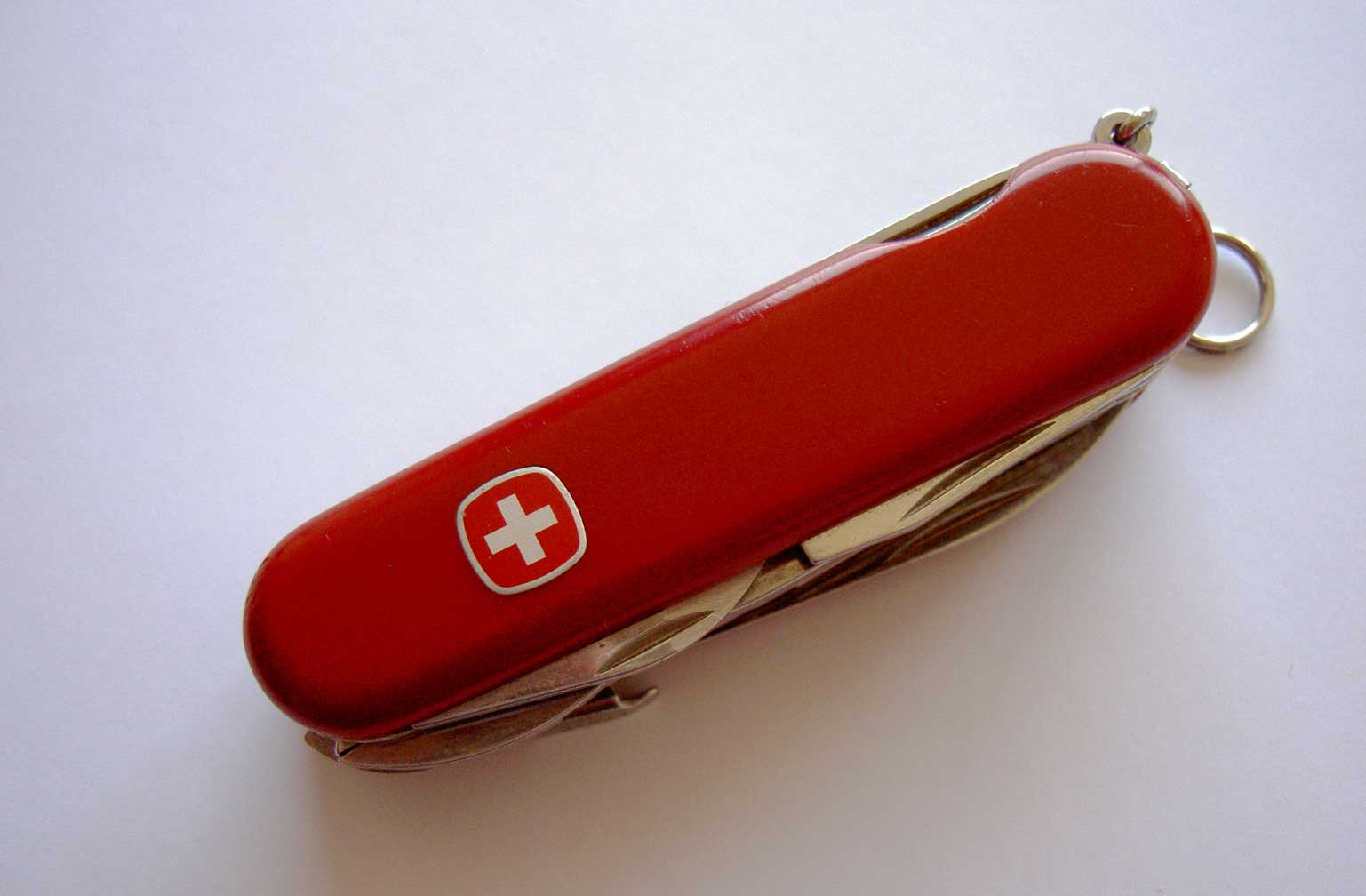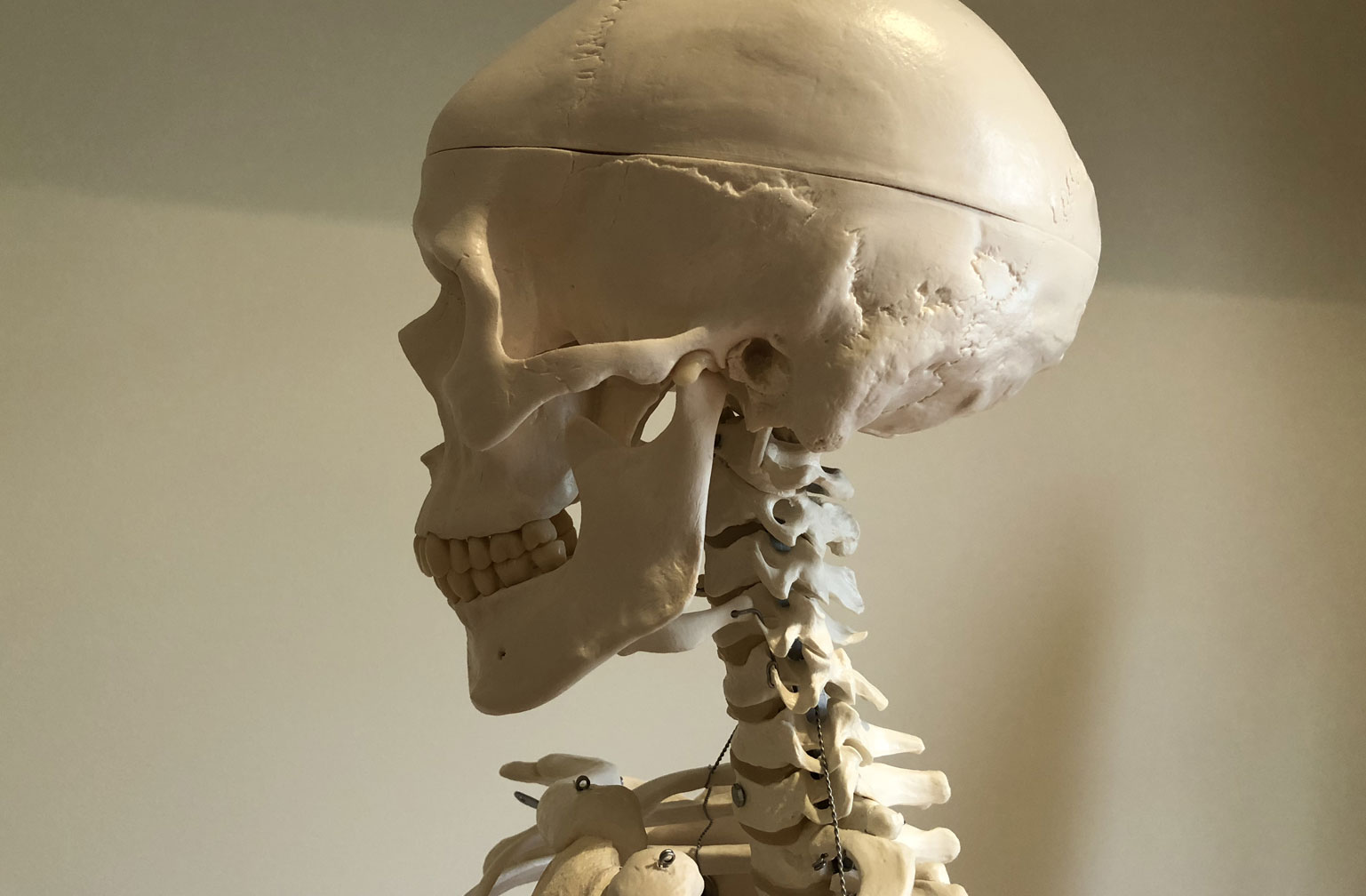The statistics for chronic pain in the dental industry is shocking. Literature suggests that 64 to 93% of dental professionals complain of musculoskeletal pain*. As a patient visiting the dentist, we are usually more aware of our own concerns about what will happen in the dental chair but meanwhile the dentist and assistant are continually leaning over to see the inside of your mouth properly, and twisting around to grab their instruments.
A great friend and mentor of mine, Dr. Anikó Ball, is revolutionizing the world of dentists suffering from chronic pain.
As a dentist, Anikó developed chronic pain in her back, neck and shoulders for which she gained only short-term relief from the treatments given to her by Doctors and physiotherapists. Finally she realized that it was her job that was causing the pain.
When she discovered the Alexander Technique, she realised that dentistry focuses on outer ergonomics but not ‘inner ergonomics’ of the human anatomical form. By learning how to move in keeping with the body’s biomechanical design, she was able to finally gain long-term relief from pain.
Anikó now shares her passion for helping other dentists in pain by giving regular seminars advising dentists on how to sit, bend and turn at work to prevent pain.
She is hoping to introduce the Alexander Technique into dental undergraduate training programs to prevent the onset of pain in the first place.
She has also developed, along with fellow Brisbane Alexander technique teacher, Karyn Chapman, a wedge cushion specifically designed for dental chairs.
Most dental chairs are too soft and some even slope backwards. The Optimum Seating Wedge, provides a firm, forward sloping seat. This has two main effects. The firmness encourages sitting on the ‘sit bones’ (ischial tuberosities), where the weight of the torso should be supported to minimize back strain. The forward slope allows the knees to be lower than the hip joints. This facilitates bending from the hip joints and to protect the spine from distortion when leaning forwards.

